The Balkan Peninsula in southern Europe contains some of the cheapest places in Europe to visit. With a fascinating range of countries with varied attractions, there is just as much to see and do here as there is in Western Europe. Yet, you can enjoy it for a fraction of the price. Here is a brief overview of this fascinating region to get you started.
Also read: 15 Cities in Europe So Beautiful You Need to Visit Them All
A brief overview of the countries in the Balkans
Albania
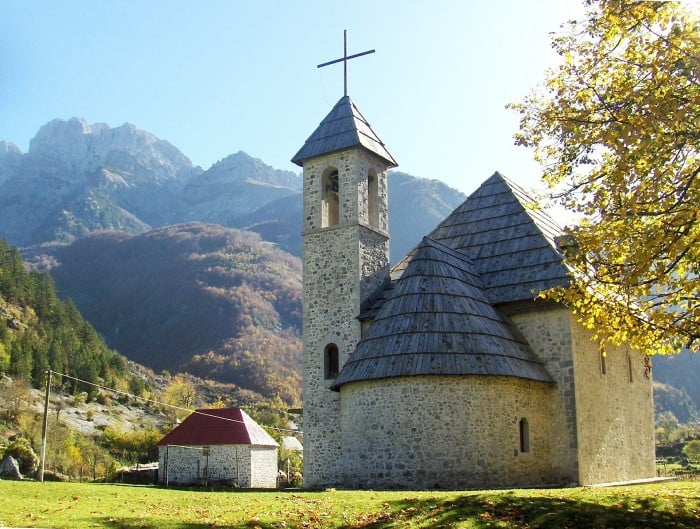
Albania, too, offers history and culture as well as more modern beach resort experiences. Historic castles, monasteries and other sites dot the interior while the Albanian Riviera, on the Mediterranean coast, is known for its traditional villages, beach resorts and lively nightlife. With a history stretching back to antiquity, Albania also has a large number of archaeological sites to explore.
Bosnia and Herzegovina
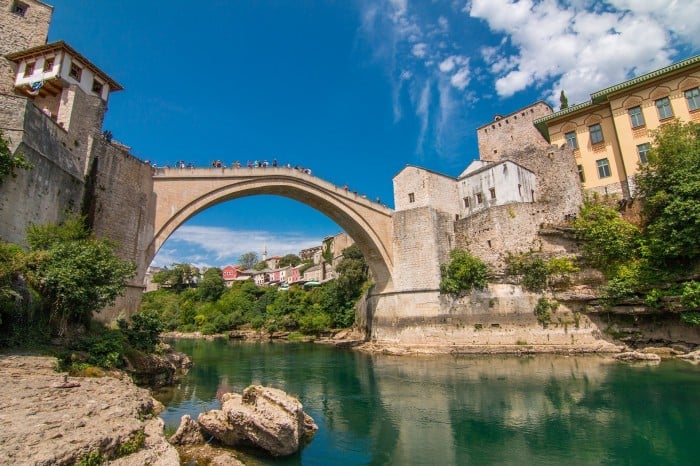
War-torn in the 1990s, Bosnia and Herzegovina has come a long way since then. Travellers are beginning to rediscover the country’s charms. Be sure to see the old bridge in picturesque Mostar, which is a powerful symbol of the country’s recovery. Sarajevo’s old town is another highlight. Natural highlights include the Sutjeska National Park and the breathtaking waterfall in Jajce.
Bulgaria
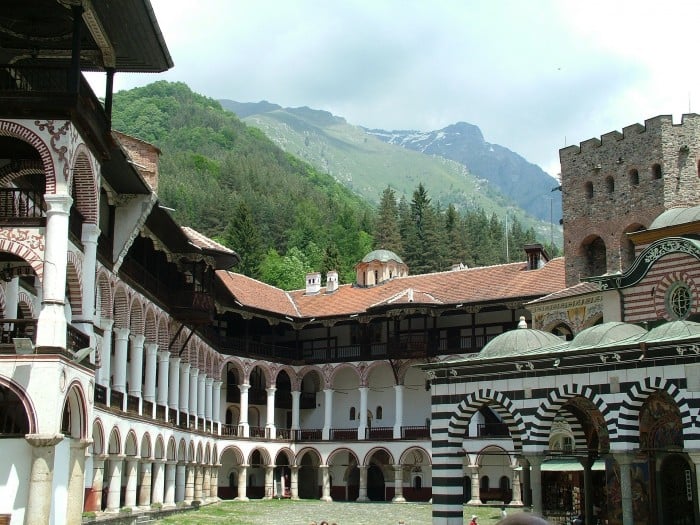
Bulgaria is a varied country, offering historic cities such as Sofia and amazing rural ecclesiastical sites such as monasteries perched on hillsides and rock-hewn churches. Meanwhile, on the black sea coast, package beach holidays are the order of the day for sun worshippers on a budget. Beautiful sandy beaches are backed by hotels and other tourist infrastructure for cheap and cheerful seaside holidays.
Croatia
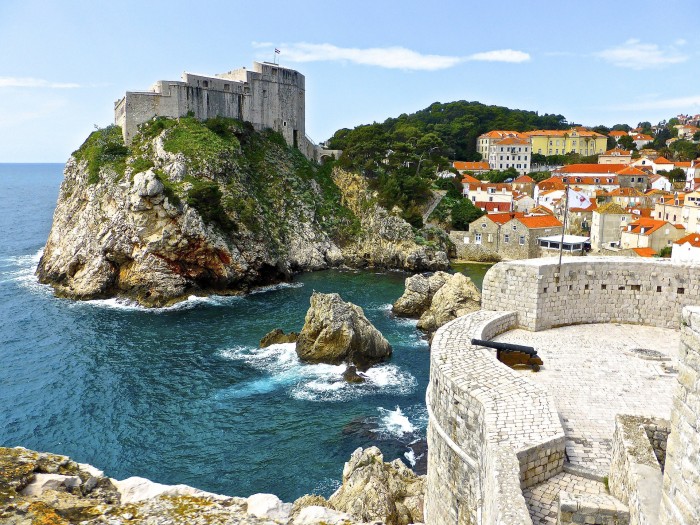
Croatia lounges along the edge of the Adriatic, a fringe of historic cities, beautiful beaches and idyllic islands which float like jewels in the shimmering sea. Be sure to visit the cities of Split and Dubrovnik and if you have time, try to see some of the islands, heavenly Hvar, for example, or magical Mljet.
Kosovo
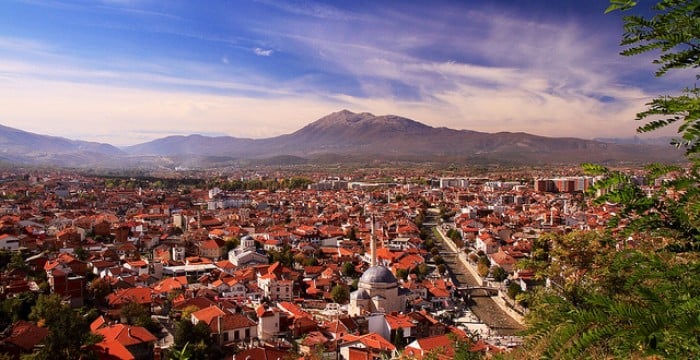
Kosovo is the newest Balkan country, having declared its independence from Serbia in 2008. This is a land rich in culture and history, right at the heart of this fascinating region. Amongst the many attractions, there are a number of medieval sites that are of particular interest, including religious sites and pretty villages.
Serbia
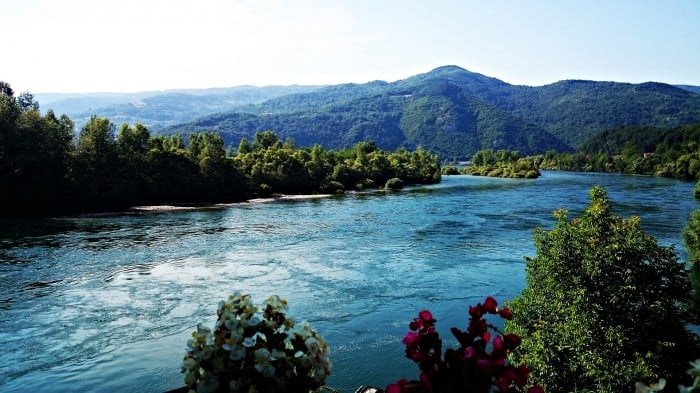
Citadels and monasteries dot the landscape of Serbia, each one telling tales of Serbia’s fascinating past. Those with an interest in more recent history will find much of interest in Belgrade, and in Nis they can visit one of the best-preserved Nazi concentration camps in Europe. Nature lovers will find much variety in, for example, the Zasavica National Park and the amazing natural stone pyramids of ‘Devil’s Town’.
Macedonia
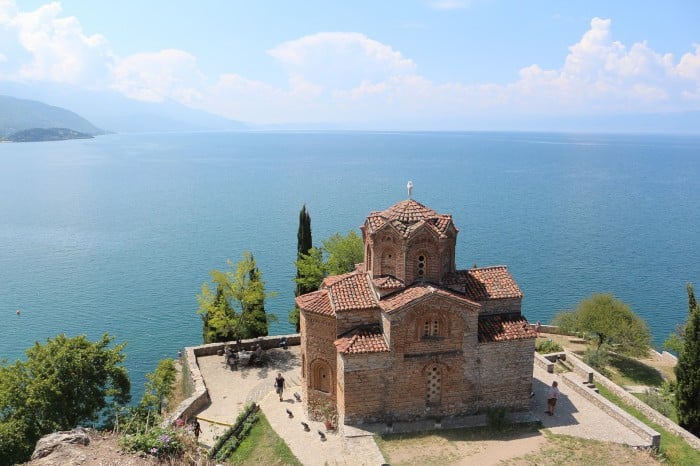
Macedonia is another of the central Balkan nations with a rich cultural heritage and breathtaking lake and mountain scenery. Ancient towns and cities here are filled with interesting Ottoman and European architectural gems. The capital, Skopje, is particularly known for its beautiful old bazaar area, historic buildings and museums. Don’t miss the charming Lake Ohrid, one of the oldest and deepest lakes in Europe.
Montenegro
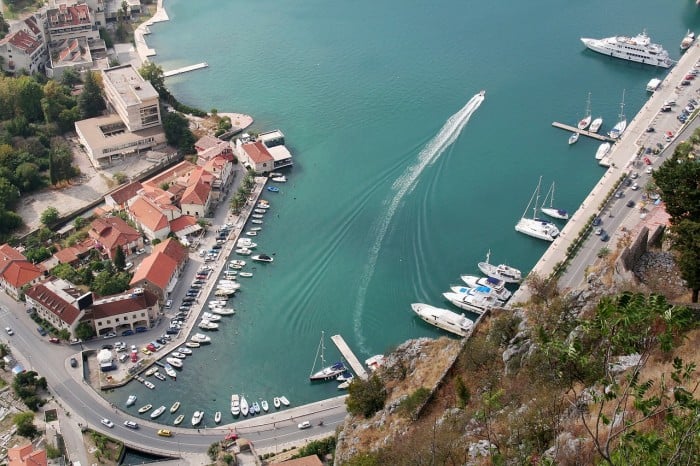
From the beautiful Bay of Kotor with its beaches and shoreline, to the majestic mountains which give the country its name, Montenegro is making a name for itself as a place of outstanding natural beauty. The landscape is also a place for outdoors adventure, from hiking to skiing, river rafting to climbing. Be sure to visit the Durmitor National Park and the Tara River Canyon.
Romania
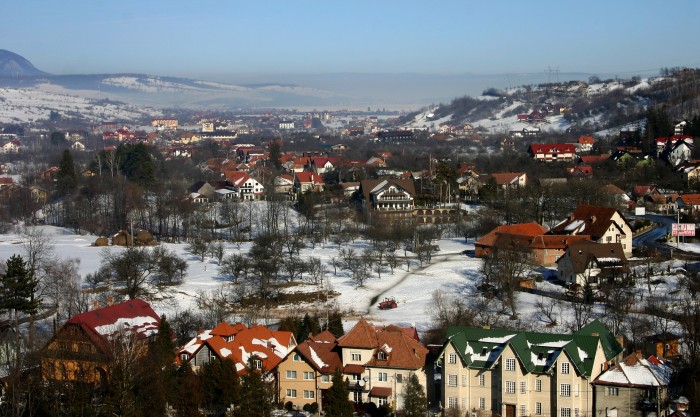
Romania has a lot to offer, from the bustling city of Bucharest to the more tranquil delights of Transylvania with its Dracula mythology and historic towns such as Sighisoara. Experience the eco-dream of the Carpathian Mountains, where wolves howl in the heights and castles nestle at the foot of tree-clad slopes. Take the time to enjoy the natural playgrounds of the Romanian mountains on a hiking or biking tour.
Slovenia
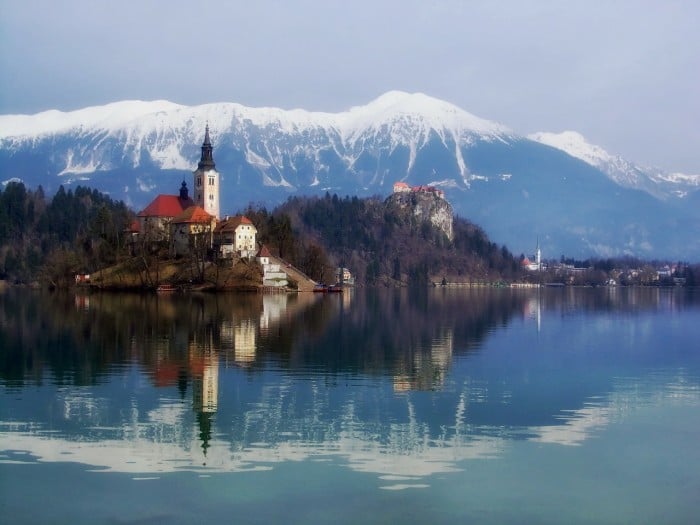
Spectacular mountain scenery, serene lakes and cavernous caves are the main draws in this beautiful country. Though historic cities and towns crammed with character give the natural world a run for its money. The capital, Ljubljana, is filled with charm and historic castles give the landscape a fairytale feel.
Greece
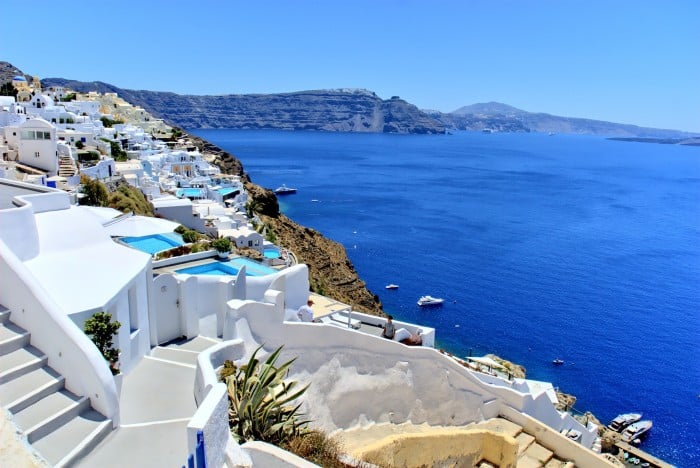
Greece, in spite of its recent financial troubles, still welcomes far more visitors than other countries in the Balkans. Islands such as Santorini, Crete, Corfu, Rhodes and Mykonos all welcome many, many visitors each year, especially during the summer season. Athens offers glimpses of the heart of an ancient civilisation, remains of which can be found throughout this beautiful and varied country. In spite of the booming tourist industry, there are still plenty of places to escape the crowds.
Getting Around the Balkan Peninsula
Cheap flights can be found to many airports in the Balkans from western European capitals and elsewhere. Once you are in the region, you will have to decide how far your budget will take you and make choices about which of these countries you would most like to visit. Train travel is a viable option throughout the Balkans, and while most journeys are definitely ‘no frills’, this can be a good way to get to know a broad swathe of the region and to travel between transport hubs. Bus travel is extremely cheap and basic; a great option if you are on a strict budget or want to explore smaller destinations.
Balkan Culture
The Balkans is a diverse area with a number of different ethnic groups. While you are likely to encounter friendly, warm and welcoming people wherever you go, you should bear in mind that troubles in the region are not ancient history, and in some places, cultural sensitivity is essential to avoid upsetting or offending. The Balkan countries do share characteristics, but one of the best things about touring in this part of Europe is the immense diversity you will encounter on your travels.
Also read: What to Expect When Travelling to the Balkans: Expectations vs Reality
Other Important Considerations
Navigating the Balkans offers a unique adventure, but requires careful planning. Be prepared for frequent border crossings and a diverse linguistic landscape, with various alphabets and languages. Familiarize yourself with key place names to avoid missing your stops, and a few basic phrases in each local language will be greatly appreciated.
When it comes to currency, remember that only Greece, Montenegro, and Kosovo use the Euro. Research the specific currencies of other Balkan nations, and exchange only small amounts as needed. While Euros are widely accepted, relying on US dollars is less reliable. Stay informed about local safety guidelines, and while landmine risks have diminished in areas like Bosnia and Herzegovina, always adhere to marked paths and local advice. By staying informed and respectful, you can fully enjoy the rich culture and stunning landscapes of the Balkans without breaking the bank.






